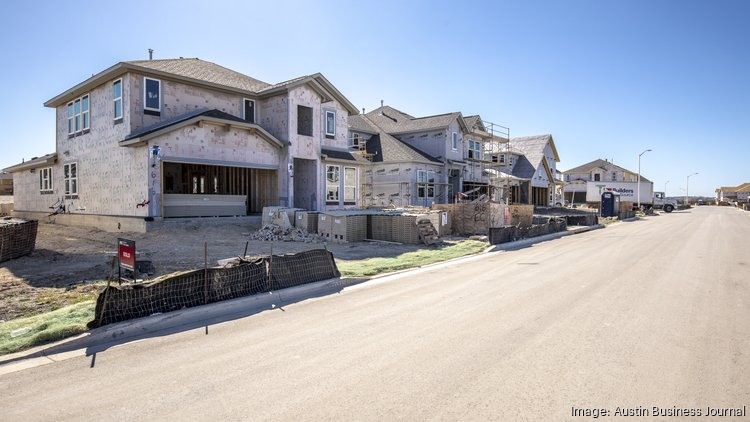
Austin Business Journal writes, "despite chilly forecasts from the likes of Zillow and Goldman Sachs, others expect the heat to stay elevated in Austin’s housing market — by at least one measure, it's still among the hottest in the country.
Austin tied with Durham, North Carolina for third place in the U.S. News & World Report’s latest Housing Market Index, released Feb. 14. Raleigh, North Carolina ranked first and Denver ranked second.
The index takes into account data on employment, housing prices, builder sentiment and much more.
Austin ranked No. 4 in the supply sub-index, which included government data on housing supply, rental vacancy rates, construction costs, construction jobs, builder sentiment from the National Association of Home Builders and architectural billings from the American Institute of Architects.
Austin did not rank in the top 10 markets for demand. In fact, only Raleigh and Durham ranked higher than the national median in that sub-index.
But the overall ranking stands in stark contrast to the dire prediction that Goldman analysts delivered to clients in January: that Austin and three other U.S. markets would see prices climb and then fall as much as 25%.
Local Realtors contend that those examining Austin from afar and comparing today's market to that of the past two pandemic-impacted years are missing the mark.
"Year over year comparisons are helpful in understanding where we were and where we are now in terms of raw numbers, but comparing our market to the past two years of anomaly conditions isn't a true comparison," Austin Board of Realtors CEO Emily Chenevert told KXAN News in response to Zillow’s December report. "To write off Austin as an ice cold market is not painting an accurate picture of the state of our market and misrepresents the facts on the ground that there is still incredibly high demand, not enough inventory and a looming affordability crisis."
2023 ABOR President Ashley Jackson suggested that examining month-to-month trends could provide a more accurate image of a market that’s still trying to find a new normal.
Closed sales, pending sales, total sales volume and median sales price fell year-over-year in January in the Austin metro, according to fresh ABOR data released Feb. 16. But new listings and pending sales were up from December, showing more interest from both sellers and buyers.
"January’s data demonstrates the Austin-Round Rock MSA market is continuing to find a post-pandemic normal," Jackson stated. "As we compare the market today to what was an abnormal market in the previous three years, looking at the year-over-year numbers needs the added context of comparing trends month-to-month. Without this context, the year-over-year data may not be as informative as the market continues to adjust."
New listings increased 63% month-over-month to 2,988, while pending sales rose 32% to 2,581 in January.
Metro housing inventory was 2.7 months in January, unchanged from a month prior, suggesting the metro is still undersupplied. Experts say six months of inventory is needed to indicate a market with balanced supply and demand.
Median sale price fell 6% year-over-year to $450,000 in January, the steepest annualized drop since July 2011, but Jackson reiterated that affordability remains one of Austin’s greatest challenges, especially in the face of high interest rates.

Leave A Comment